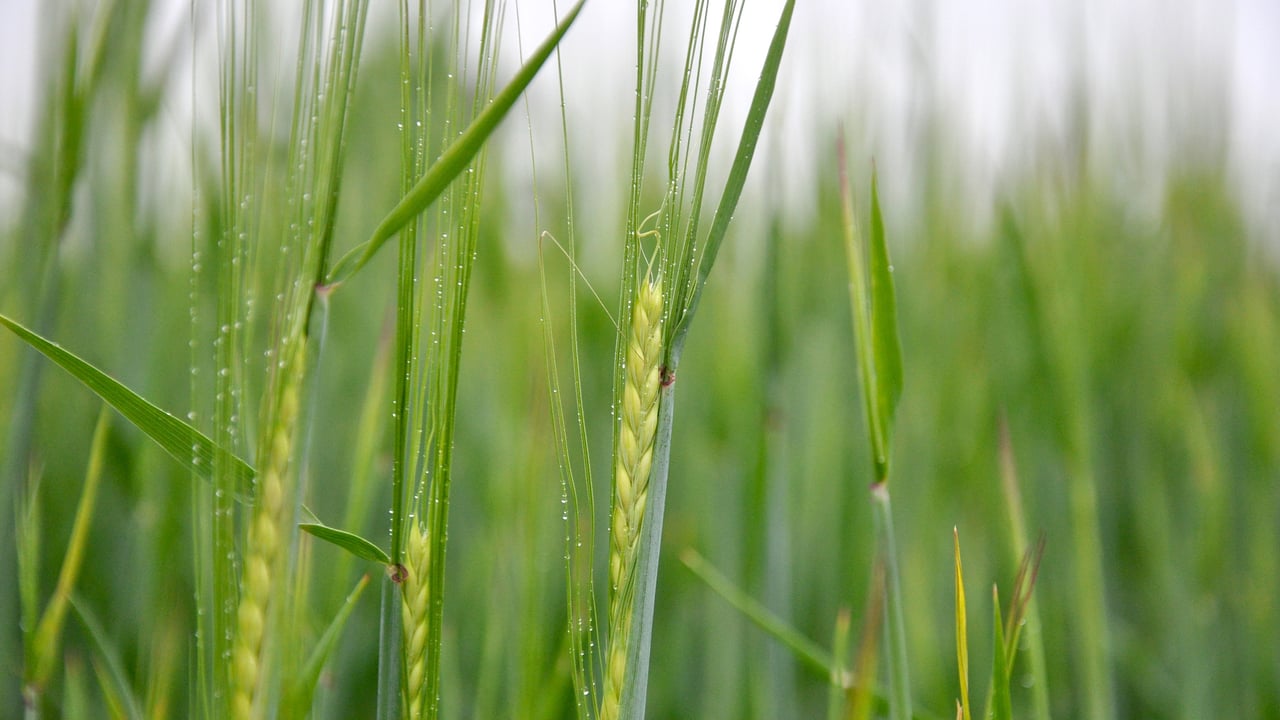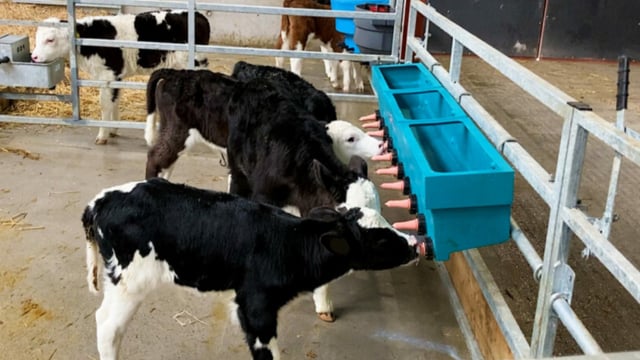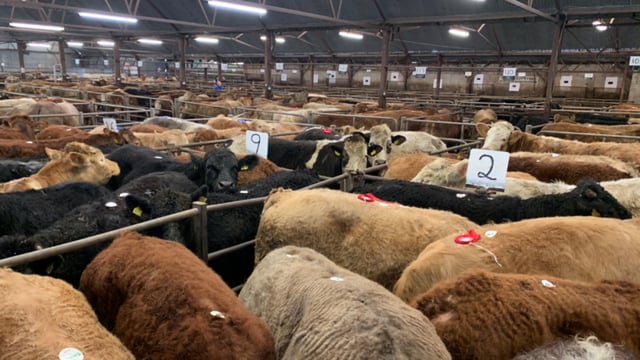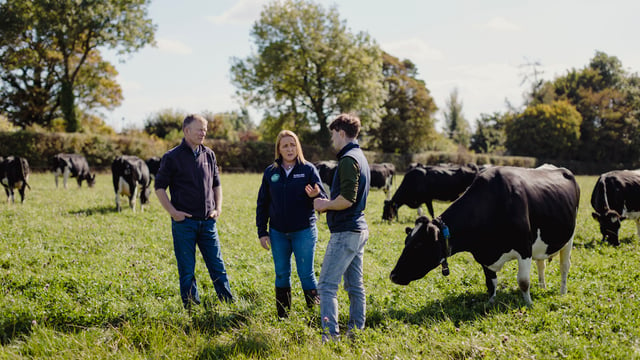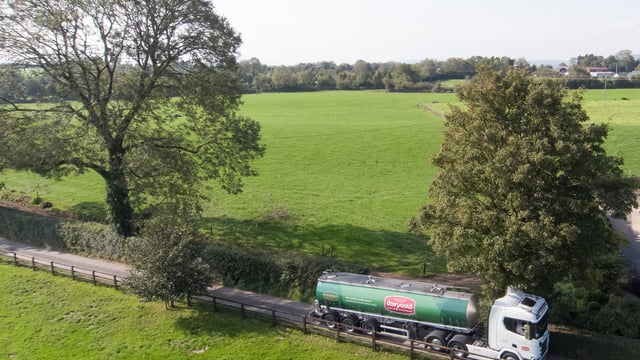The role of agricultural lime in driving crop productivity
Soil acidity is a major factor in fertiliser efficiency. Applying lime can reduce requirements for many crop nutrients.
These include: nitrogen (N), phosphorus (P) and potassium (K) fertilisers.
In 2023, 39% of Irish tillage soils had an optimal pH level 6.5-7.0. This is a strong result relative to the country’s grassland area.
However, further improvement is needed to optimise fertiliser efficiency across agriculture as a whole.
Soils should be tested every three to five years to determine lime requirements. Lime should only be applied on the basis of a recent soil test report.
Framers should not exceed 7.5t/ha of lime in a single application.
If application rates greater than 7.5t are needed than apply 50% of the recommended requirement now and the rest in two years’ time.
Agricultural lime
Tillage farmers can apply lime to ploughed/pressed soils, incorporating it into the top 7.5-10cm.
Lime and slurry and/or lime and urea do not mix well. The type of nitrogen (N) supplied in slurry urea is in the form of urea and is prone to loss if applied to freshly limed soils.
To avoid N loss, it is recommended to wait at least three months after liming before applying urea or slurry.
Alternatively, growers should wait 10 days after a slurry or urea application before applying lime.
Where cereal crops are concerned, a soil pH value of 6.5 should be targeted. The equivalent figure for spring beans, grassland and potatoes are, 7.0, 6.3 and 6.0
Meanwhile, the Soil Nutrient Health Scheme (SNHS) continues to roll out across Northern Ireland. The project is managed by the Agri-Food and Biosciences’ Institute (AFBI).
Since its launch in 2022, approximately 300,000 fields have been sampled and over 18,000 farm businesses have registered.
Zone 1 of SNHS comprises most of Co. Down and the eastern part of Co. Armagh. The second zone comprises the rest of Armagh and most of Co. Tyrone.
Sampling is carried out between November and February, with results sent to farmers within four to six weeks.
Thereafter, results and maps for each farm will be available online through the farm Government Gateway account.
The soil reports contain essential information on soil nutrient status, including soil pH, soil phosphorus (P), potassium (K) and sulphur (S) levels.
Sampling Programme project lead, Alex Higgins, identified some of the trends thus far.
“The average soil pH in Zone 2, for those fields eligible for liming, was 5.75, and in Zone 1 it was slightly higher at 5.91. This reflects variations in farm enterprises and physical conditions, such as higher rainfall, as one moves west.
“In general, the average pH across both zones sits below the optimum levels which would be most effective at maximising nutrient uptake.
“For intensive grass or silage fields, lime applications are one of the quickest and most cost-effective methods to increase nutrient use efficiency," Higgins said.

